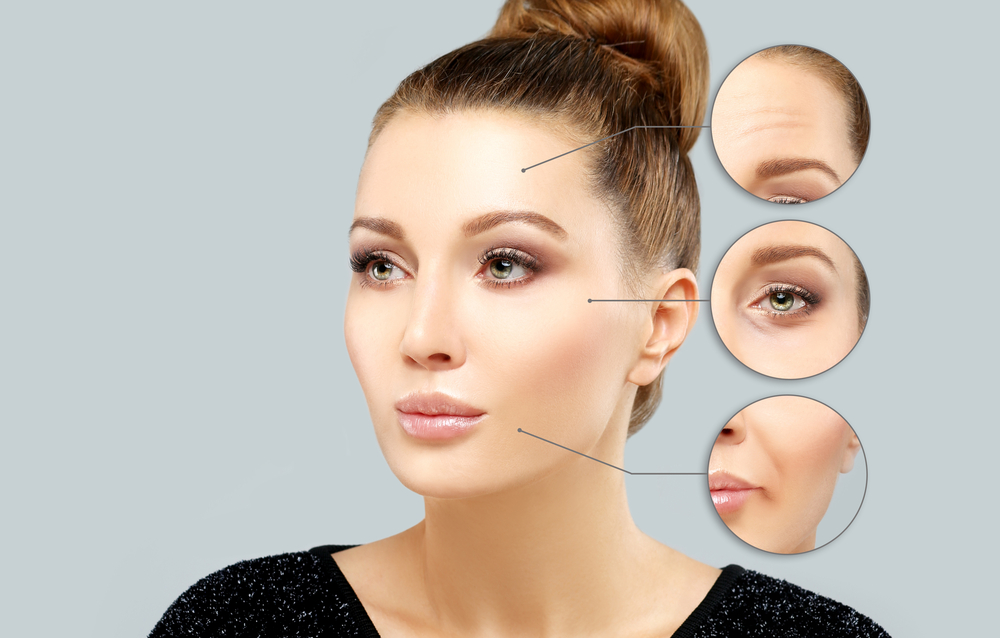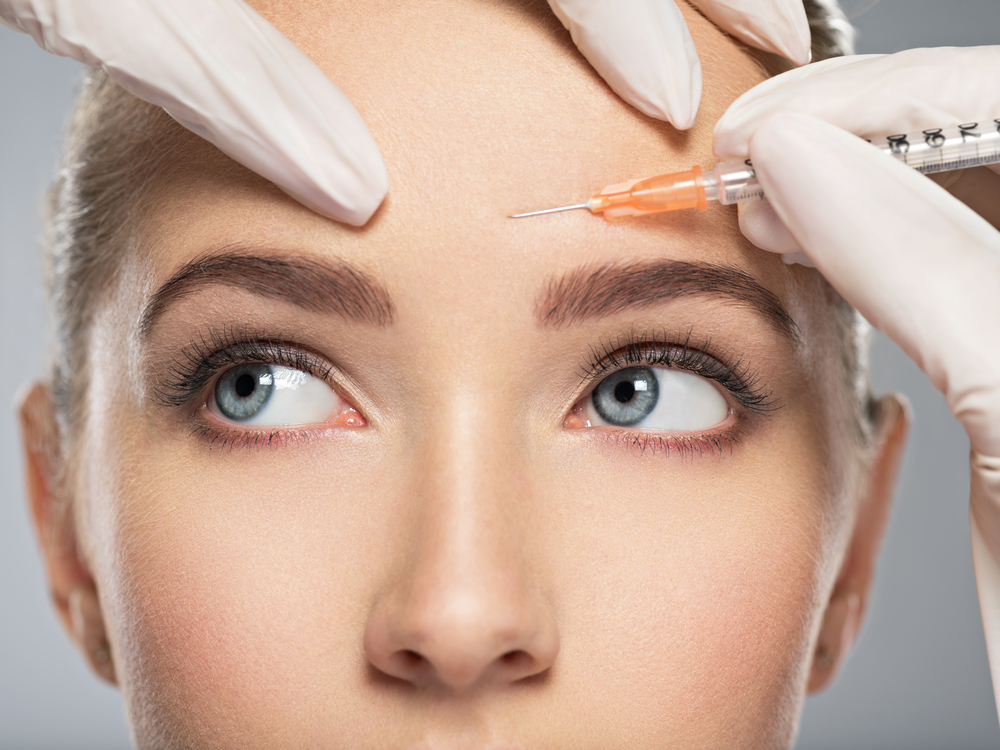There is a wide variety of dermal fillers available on the market today. Each of these fillers has a different purpose, can be injected into different parts of your body and can address different concerns. Not all fillers are created equal. Each type of filler addresses a different issue and it may be confusing to decide which type of filler is right for you. Let’s take a look at the different types of fillers and which problem areas they address.
Hyaluronic Acid
Hyaluronic acid is a naturally-occurring substance that can be found in various areas of your body. It has a number of functions including helping your cells to retain the moisture levels they need to keep your skin looking clear and healthy. If you’ve noticed recently that your skin has been looking a little dry, hyaluronic acid could be a good option for you.
One of the biggest benefits of using this kind of filler is that when your skin is hydrated, not only does it look healthy, it feels softer. There isn’t a much better feeling than having super soft skin, which can boost your confidence quite dramatically. You may also notice that wrinkles appear to be diminished, leaving you with a more youthful appearance. Some of the most common names of this kind of filler include Restylane, JUVÉDERM and Belotero Balance.

Calcium Hydroxylapatite
Calcium hydroxylapatite is one of the most well-studied dermal fillers out there and has been used for a number of different purposes. Calcium hydroxylapatite is generally used to correct moderate or severe facial lines and folds, which can make people look older than they are. As you age, you begin to lose some of the volume from your skin. Calcium hydroxylapatite can help soften the skin and lead to a more youthful appearance.
Calcium hydroxylapatite is soft and gel-like and is thicker than hyaluronic acid, which means the results tend to last longer. Some patients see the effects for as long as 12 months. Calcium hydroxylapatite is also a naturally-occurring substance, and it can be found in human bones. It can provide some of the structure and firmness in your skin that you might have lost over the years. Radiesse is the most common filler on the market that uses calcium hydroxylapatite.
Poly-L-Lactic Acid
Also known as PLLA, this substance is classified as a collagen stimulator. The purpose of this filler is to aid your body in rebuilding natural collagen, to help smooth out lines and build up some of the volume your skin might have lost with age. With other fillers the active ingredient stays in your skin to provide lasting effects, however, because PLLA is biodegradable it dissolves while continuing to promote collagen growth naturally.
Typically, PLLA is used to treat deep facial wrinkles. The effects of PLLA are long-lasting and patients can go up to two years before they need another treatment. The most common brand name for this type of filler is Sculptra Aesthetic.
Polymethylmethacrylate
The only filler on our list that is not naturally-occurring, polymethylmethacrylate is a synthetic substance but has been used in medicine for around a century. Fillers using polymethylmethacrylate also contain collagen to help skin health and aid in the reduction of folds and deeper lines on the face. You can use polymethylmethacrylate to help reduce pitted scars and acne scars. Bellafill, previously known as Artefill, is the most common brand name for this type of filler.
Botox and Dysport
Botox, or onabotulinumtoxin A, is used to correct moderate to severe frown lines. It is FDA approved to use between the eyebrows for patients between ages 18-65. BOTOX works by blocking nerve impulses to the injected muscles. Abobotulinumtoxin A, commonly known by the brand name Dysport®, is an alternative to BOTOX. Like BOTOX, Dysport is an FDA approved prescription injection for moderate to severe frown lines between the eyebrows in adults 18 to 65 years old. If you notice that you have developed lines from squinting, frowning or even concentrating a bit too hard, Botox or Dysport may be options for you.
There are various types of dermal fillers that can be used to treat facial sagging, enhance the lips, create jawline definition and even alter the nose non-surgically. Depending on the site of injection, each type of filler offers distinct advantages. Most dermal fillers will last 6-18 months and can be used as an instrumental part of reversing the signs of aging and enhancing facial features with minimal downtime.

Contact Us
If you’re interested in finding out more about the various facial filler treatments available and how they can easily improve your appearance, call Dr. Keith Ladner today at 720-613-9797 or fill out an online form to request an appointment. Put your best face forward with help from Dr. Ladner!


Leave a Reply